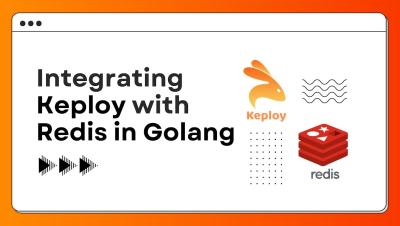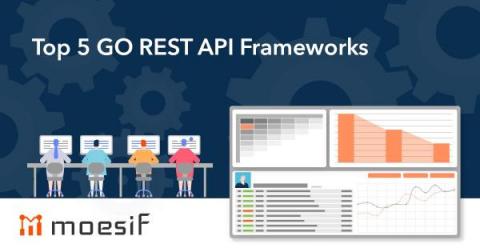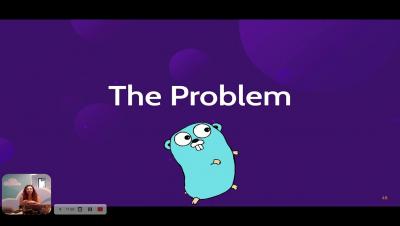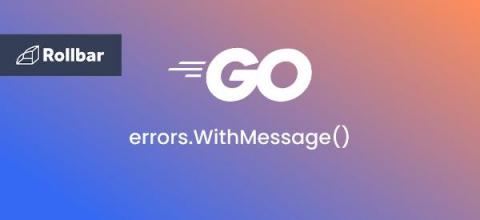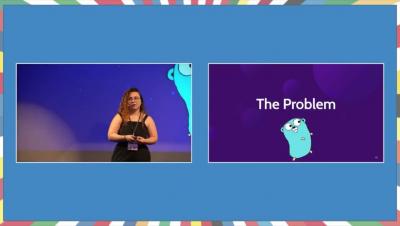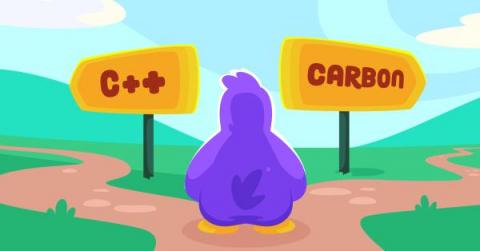Building a RESTful API with Go and Gin
When it comes to building an API, Go is an extremely popular programming language choice to build powerful RESTful APIs with. The language is super lightweight, has many different libraries and frameworks available, and is easy to run. One of the frameworks support by Go is Gin. Gin is a web framework written in Golang that offers great performance and scalability, amongst other features.



